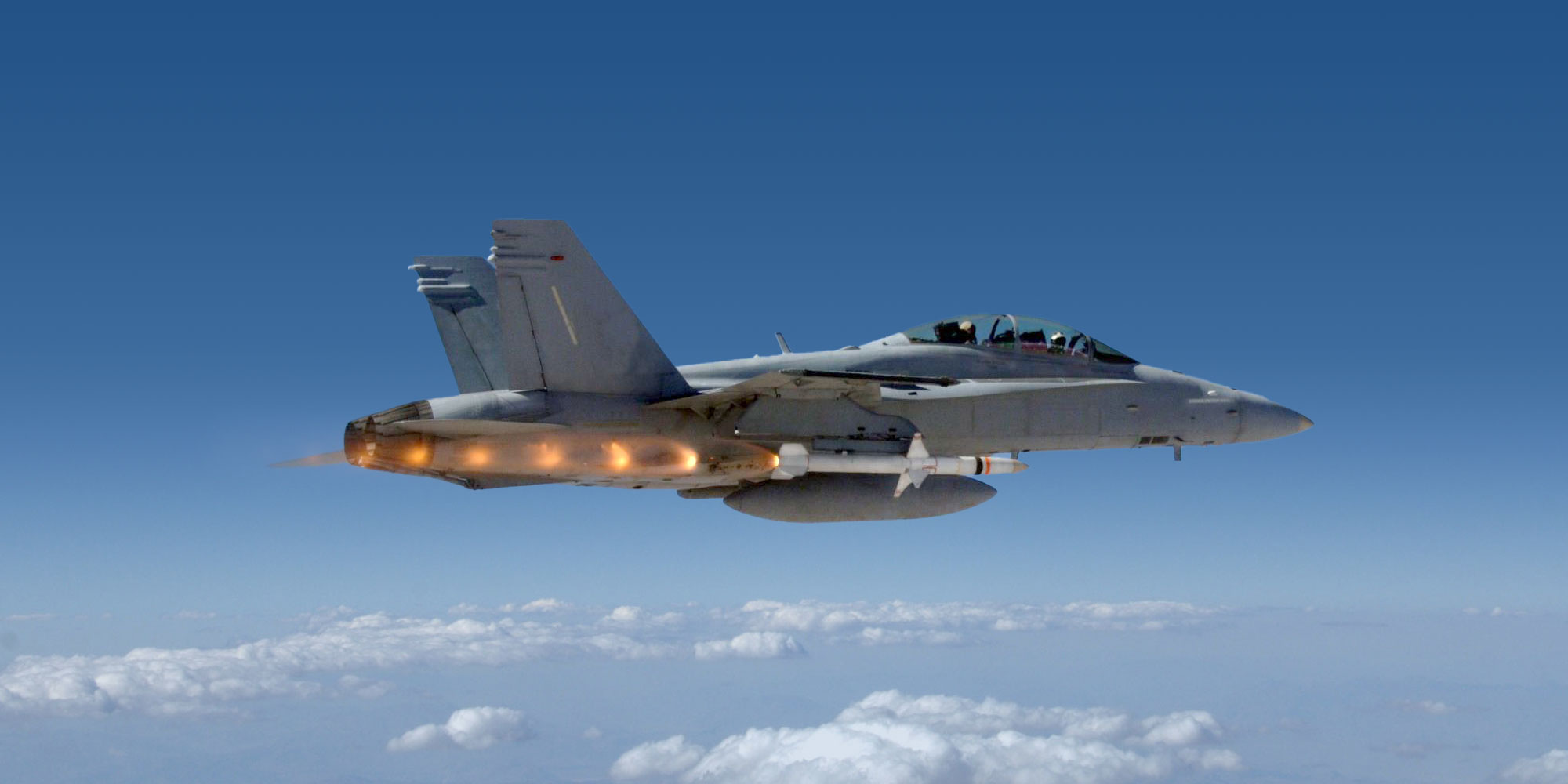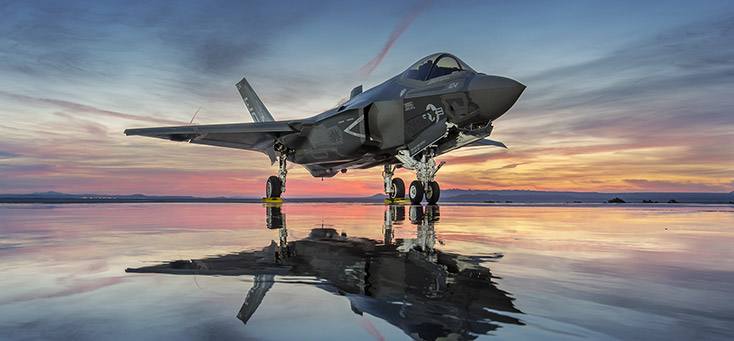Benefits of International Cooperative Programs for Weapons
International cooperative programs offer a powerful means for defense agencies to get maximum value out of their investments.

During its development efforts of an advanced guided missile for the U.S. Navy, Northrop Grumman turned to the international community to collaborate with the development and production.
In 2005 the Italian Air Force signed a memorandum of understanding with the United States to cooperatively develop the AGM-88E Advanced Anti-Radiation Guided Missile (AARGM). The U.S. Navy is the executive agent for the program and the Italian Air Force has been a partner throughout. Known as an international cooperative program, such efforts offer a powerful means for both the U.S. government and the international community to get the maximum value out of their investments.
"It's a way to for the American military to tie in much closer with our allies while also having those partner nations share the financial burden around systems development," said Robert McSkimming, international programs manager at Northrop Grumman.

A Compelling Vision
The Pentagon already leverages international partnerships in support of a wide range of programs. The F-35 fighter and the Navy's Joint Counter Radio-Controlled Improvised Explosive Device Electronic Warfare (JCREW), for example, have both benefited from the participation of multiple international collaborators.
Northrop Grumman's experience with the AARGM program offers a compelling vision of the power of these international cooperative programs. As an advanced system for pilots, AARGM addresses today's modern surface-to-air threats with an ability to rapidly engage land- and sea-based air-defense threats and strike time-sensitive targets. It is currently deployed in support of the U.S. Navy and U.S. Marine Corps, and is integrated into the weapons systems on the F/A-18 C/D Hornet, F/A-18 E/F Super Hornet, EA-18G Growler aircraft and the Tornado Electronic Combat and Reconnaissance (ECR) aircraft used by the Italian Air Force.
Early Collaboration and a Team Effort
"The Italian Air Force has very similar mission objectives and mission requirements," said Minh Nguyen, a senior software engineer at Northrop Grumman. "They came in early during the development of the system and were able to influence the direction of the program by sharing their requirements with us."
All this represents a net win for the U.S. military as it seeks to advance robust weapons solutions while simultaneously making the best use of available resources.
"Cooperative efforts save our government from having to fight the whole battle themselves," McSkimming said. "One thing I've heard over and over from different military leaders in U.S. government are that they'd rather train partner nations to defend themselves versus having our forces having to do everything."
Early collaboration ensures partner nations will have the tools they need to meet missions. Such collaborations can also open the door to more reliable and cost-effective production processes. In the case of AARGM, for example, Italian participation led to Northrop Grumman identifying supply and manufacturing opportunities within Italy. This in turn helps to safeguard against potential U.S. based supply chain issues.
"We have a strong relationship with the Italian industry, which in turn reduces the risk of any potential manufacturing slowdowns," Nguyen said. "If there is ever a shutdown, we have another production line we can tap. That makes production much smoother, enabling us to maintain deliveries to all of our end customers."
Financial Benefits of an International Partner
There is a financial piece of the puzzle as well. By bringing in an international partner, it's possible for a U.S. contractor to introduce a level of stability and predictability to a military program even amidst uncertain economic times.
International cooperative programs typically operate on a memorandum of understanding as well as other binding legal and contractual documents. "When you have that kind of cooperative agreement, it's much harder for Congress to suddenly shift gears by reducing funding of the program and putting the money toward something else," McSkimming said.
At the same time, the international partner will typically have a significant financial stake in the effort, sometimes upward to tens of millions of dollars. This ensures their ongoing participation and helps military planners know that their own investments will stay on course.

The Value of Knowledge Sharing
Beyond the economic benefits, and the added stability inherent in a cooperative program, such efforts can also drive a more successful product. With more good minds at the table, there's a likelihood of better outcomes.
The military already recognizes this. For instance, the Navy reports that "actively pursuing and investing in international cooperative programs will maximize innovation potential, synergize [science and technology] and R&D efforts, and enable joint solutions that are interoperable or even interchangeable by design."
With AARGM, for example, "the Italians contributed extensively to the design," Nguyen said. "We worked together as a team, and we learned things that have greatly benefited the Navy. When you have different teams, different squadrons that are flying, they are learning things and may have different perspectives that benefit all parties. By sharing, we can evolve the technology quicker. In the case of AARGM, that partnership resulted in a better product, and in better ways to use the product."
At the same time, a cooperative agreement also gives the U.S. military greater control and transparency over the uses of its intellectual property. With foreign military sales an ongoing consideration, cooperative efforts give American military leaders greater insight into how other nations are using U.S. weapons and related information.
Looking Ahead
As the American military considers possible future uses of the international cooperative model, it may make sense to target the biggest emerging weapons systems.
"When you are working on a multi-billion-dollar program, it always feels like there's a risk, both to industry and to the military," McSkimming said. By sharing the financial burden with partner nations, potentially teaming on production as well as development, he explained, "There's a much greater chance of these large, long-term projects coming to fruition. There is an added level of support, an added level of protection within the program."
With international cooperative programs, the U.S. military has a ready means to expand its base of expertise, tapping its allies for their R&D insights as well as their production capabilities. Partner investments help to reduce the financial risk inherent in weapons development, while strong relationships bring a measure of stability and predictability.
"All of that adds up to a win-win for the contractor, for the U.S. military and for our allied partners," Nguyen said.
Media Contact
Nancy Stoehr-Campbell
818-887-8471